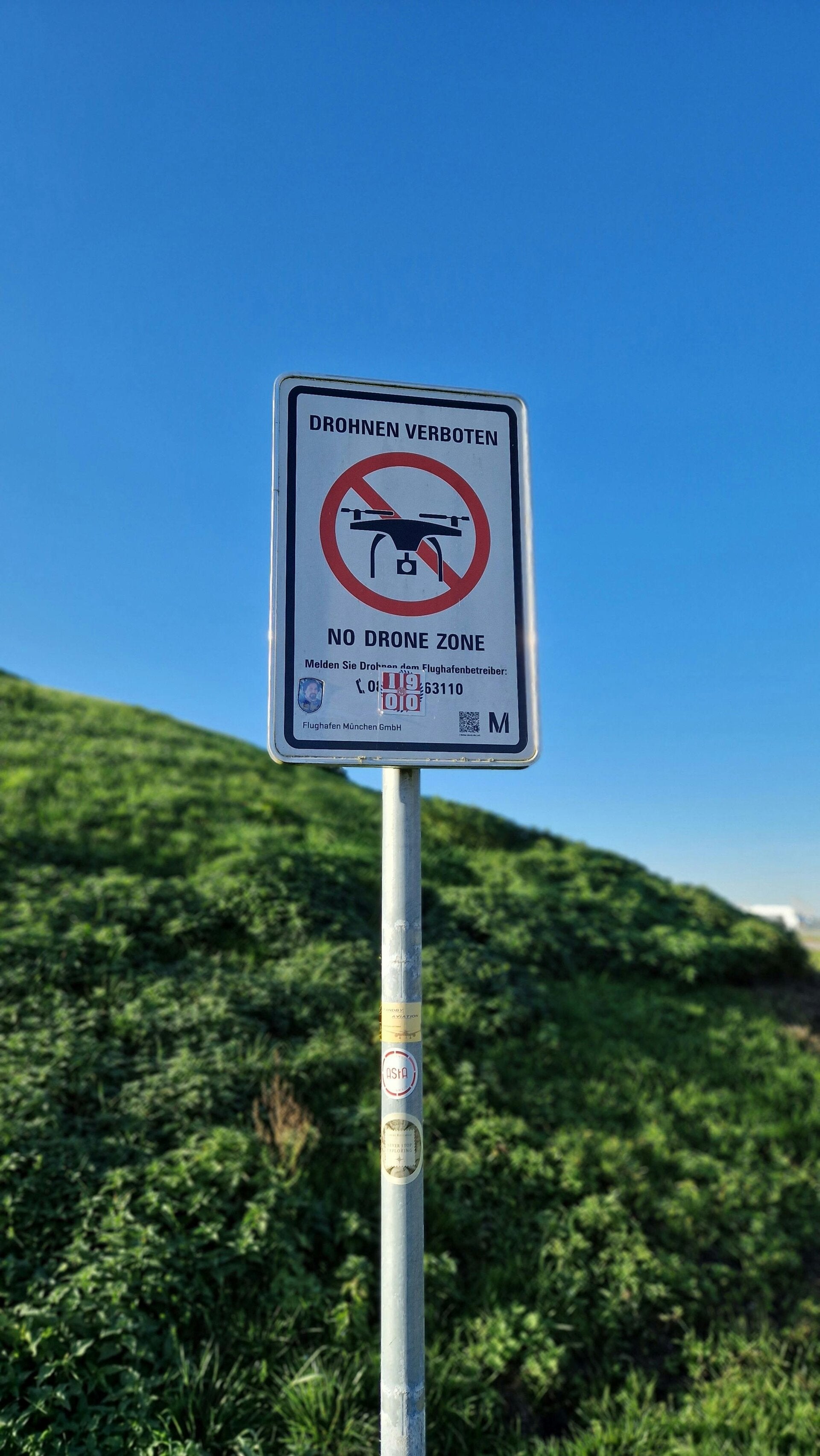My academic projects

Policy brief: Hybrid warfare
tello borrero_hybrid warfare.docx
Policy brief summary
The European Union and the North Atlantic Treaty Organization (NATO) have been compelled to react rapidly to these evolving threats. Hybrid warfare poses a particular regulatory challenge, as existing legal frameworks are ill-equipped to prohibit—or even define—such tactics. Moreover, an overly rigid legal response could prove counterproductive, as it might later be exploited strategically by hostile actors. The seriousness of this issue has led EU and NATO allies to engage in coordinated consultations for more than a decade to develop a cohesive response strategy.
Current preparations have focused largely on strengthening intelligence capabilities to detect, attribute, and analyze potential hybrid attacks. Member states contribute to this collective effort by reinforcing their domestic resilience, while NATO provides technical and strategic assistance in areas such as public awareness campaigns, cyber defense, and counterterrorism. The EU, by contrast, plays a central role in developing the legal and regulatory dimension of hybrid threat governance.
Although these initiatives represent meaningful progress, they remain insufficient to guarantee full security for European citizens. Effective deterrence requires not only institutional coordination but also public awareness and societal resilience. For this reason, both NATO and the EU should priorities the dissemination of educational material on hybrid threats across all member states, beginning at an early age, and should further deepen cooperation with private-sector actors. Within the EU context, Article 114 TFEU remains a crucial legal instrument and should continue to serve as a cornerstone of the Union’s strategy against hybrid threats.

Presentation: Humanitarian intervention
file:///Users/andreseliastelloborrero/Downloads/Military%20approaches%20presentation.pdf
Reading brief by Andres Tello, Anni Meklin, Michela Franzosi, and Taisiia Bardachenko
Liberal principles can assist in justifying humanitarian interventions. Humanitarian interventions usually refer to the use of military force or other methods by external entities in another sovereign state in order to ensure the respect for human rights and prevent or stop humanitarian crises (e.g., genocides). They became more common since the Cold War era, evolving into coordinated United Nations (UN) Peace Operations, due to several factors: the need to enforce regional peace agreements, improve cooperation among major powers in the UN Security Council, growing public pressure in response to crises, and a stronger focus on human rights preservation and democratic governance.
The Crisis Response Operations (CRO) are the bridge between diplomacy and military aspects of humanitarian intervention. In contemporary conflicts, civilians have become increasingly vulnerable targets, suffering the direct consequences of weak governance. As a result, local armed groups rise to exploit instability, filling the power vacuum and inevitably leading to the collapse of the state. The main purpose of CROs, therefore, is to coordinate international actions, protect vulnerable civilians and deliver aid where necessary.
Recent crises showed that states and organizations struggle to manage multiple emergencies at the same time. Effective response requires coordination, rapid information sharing and regional cooperation. Moreover, peace operations face political limits, unclear mandates and gasps in resources. Strengthening intelligence, inclusivity and comprehensive approaches are the key to improving humanitarian intervention and crisis management.